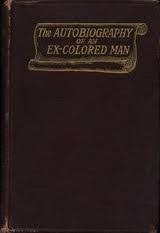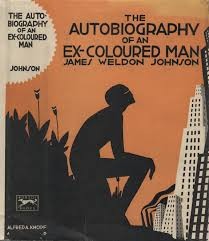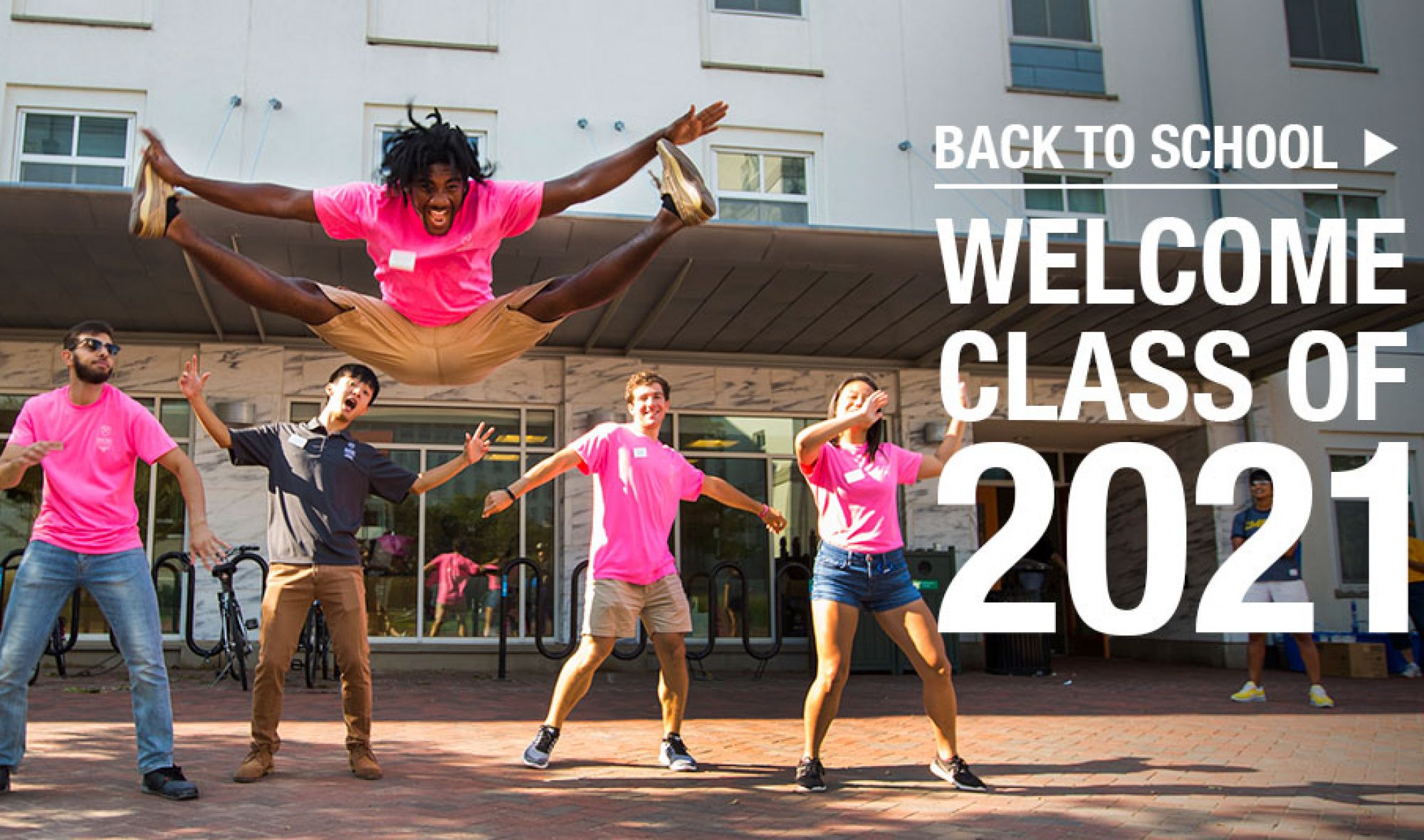For some time, I’ve been dreading the Lecture Spotlight section. Most of the time the lectures seem kind of boring or confusing and they just don’t appeal to me. However, this changed when I decided to attend a lecture on James  Weldon Johnson’s The Autobiography of An Ex-Colored Man. For once, I thought that the title of the lecture was interesting and felt like the subject would be interesting as well since I’m planning on studying African-American Studies, so this had to be a win-win right? No, I was dead wrong. In fact, I was so wrong that it made me question why is there a lecture spotlight section when obviously Emory’s lectures aren’t for freshman nor are an exciting part of the freshman experience. I’ll get to that later though.
Weldon Johnson’s The Autobiography of An Ex-Colored Man. For once, I thought that the title of the lecture was interesting and felt like the subject would be interesting as well since I’m planning on studying African-American Studies, so this had to be a win-win right? No, I was dead wrong. In fact, I was so wrong that it made me question why is there a lecture spotlight section when obviously Emory’s lectures aren’t for freshman nor are an exciting part of the freshman experience. I’ll get to that later though.
Before diving into the flaws of the lecture, it’s important to give a little background. This lecture was held by the James Weldon Johnson Institute (JWJI) here at Emory. JWJI was founded in 2007 and is the first institute at Emory established to honor the achievements of an African-American. The mission of JWJI is to “support research, teaching, and public dialogue that examine race and intersecting dimensions of human difference including, but not limited to class, gender, religion, and sexuality.” Every Monday during the Fall 2017 semester, JWJI hosts a Race & Difference Colloquium Series at 12pm in the Jones Room of Woodruff Library. The particular talk I attended was hosted by Noelle Morrisette who is an associate professor at the University of North Carolina, Greensboro.
Morrisette’s introduction made me excited because it is “rare to have JWJI talks regarding James Weldon Johnson because not many scholars study him,” so I thought I would be in for a fascinating and highly coveted lecture…and then the lecture actually started. Essentially, Morrisette’s lecture could be split into 7 sections: the background of James Weldon Johnson, a paraphrasing of The  Autobiography of An Ex-Colored Man, the contextual impact and interpretation of the book, more information about Johnson’s other works and history, contemporary use of Johnson’s ideas, modern interpretations of the book, and finally and question and answer session. The lecture itself seemed to go over well with the majority of the audience which was filled with faculty, staff, and other adults. During the Q&A session, a few people were really engaged with the lecture and had a few burning questions. I don’t remember the exact questions, but somehow the topic of Donald Trump and Puerto Rico was brought up.
Autobiography of An Ex-Colored Man, the contextual impact and interpretation of the book, more information about Johnson’s other works and history, contemporary use of Johnson’s ideas, modern interpretations of the book, and finally and question and answer session. The lecture itself seemed to go over well with the majority of the audience which was filled with faculty, staff, and other adults. During the Q&A session, a few people were really engaged with the lecture and had a few burning questions. I don’t remember the exact questions, but somehow the topic of Donald Trump and Puerto Rico was brought up.
However, I think it’s important to emphasize that the lecture was well received by the adults in the audience. There were very few people in my age range or below and those that were there seemed to be very distracted and disengaged. I genuinely found the topic and points that Morrisette raised very interesting, but towards the end of the lecture, I was using every ounce of will in my body to stay off Snapchat. I think that this is a testament of most lectures here at Emory are not “freshman-friendly” in a sense that we are not the target audience and lectures aren’t set up in a way to engage us. I set-up this blog post purposefully to present this. Throughout this blog, I had two pictures which represent the two different slides that Morisette had in her presentation. This blog was very few, if any, relevant pictures, with a lot of text. Similarly, Morisette’s lecture was very few, if any, relevant pictures with a lot of text read aloud. This lack of visual multimedia would turn away many freshmen because of the era in which we live. In the age of social media, young people are becoming somewhat dependent on visual and tactile stimulation. Whether it be scrolling through your Instagram feed or tapping through a Snapchat stories, we’re more engaged when we can see and do something. I would have liked this lecture much better if it wasn’t just talking, and this is coming from someone who listens/watches TedTalks in their spare time. This is not to say that Morisette’s presentation was bad, it definitely wasn’t, this is just to show the importance of having a multimodal presentation when dealing with a specific audience. Morisette had some really engaging asides and incorporated some humor into her lecture, but having some sort of visual aid could have made the lecture go from decent to great.
